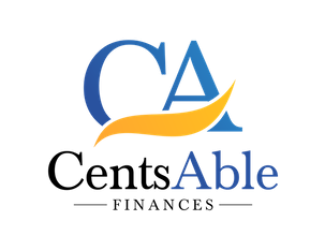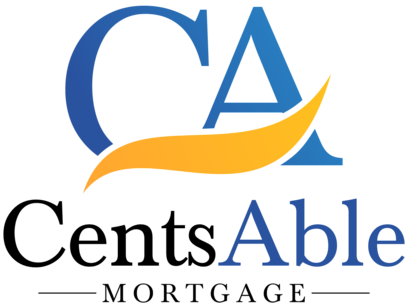
When you apply for a mortgage you have to provide a lot of documentation, like bank statements, tax returns, and pay stubs. But sometimes, lenders also require a letter of explanation to better understand your financial situation. This letter can be essential in securing loan approval and should be treated as a requirement. It helps fill gaps in your financial picture and provides a deeper understanding of your ability to repay the mortgage.
A letter of explanation is typically requested when specific information in your application raises a red flag for the lender. For example, it may be needed to explain a job change, past credit issues, new credit card applications, large bank transactions, or unsteady income sources. Proactively submitting a letter of explanation can be beneficial if you are aware of potential issues in your application.
Of course in the event you need to provide a letter, we can help with it so you’re not in it alone
A letter of explanation is typically requested when specific information in your application raises a red flag for the lender. For example, it may be needed to explain a job change, past credit issues, new credit card applications, large bank transactions, or unsteady income sources. Proactively submitting a letter of explanation can be beneficial if you are aware of potential issues in your application.
Of course in the event you need to provide a letter, we can help with it so you’re not in it alone








